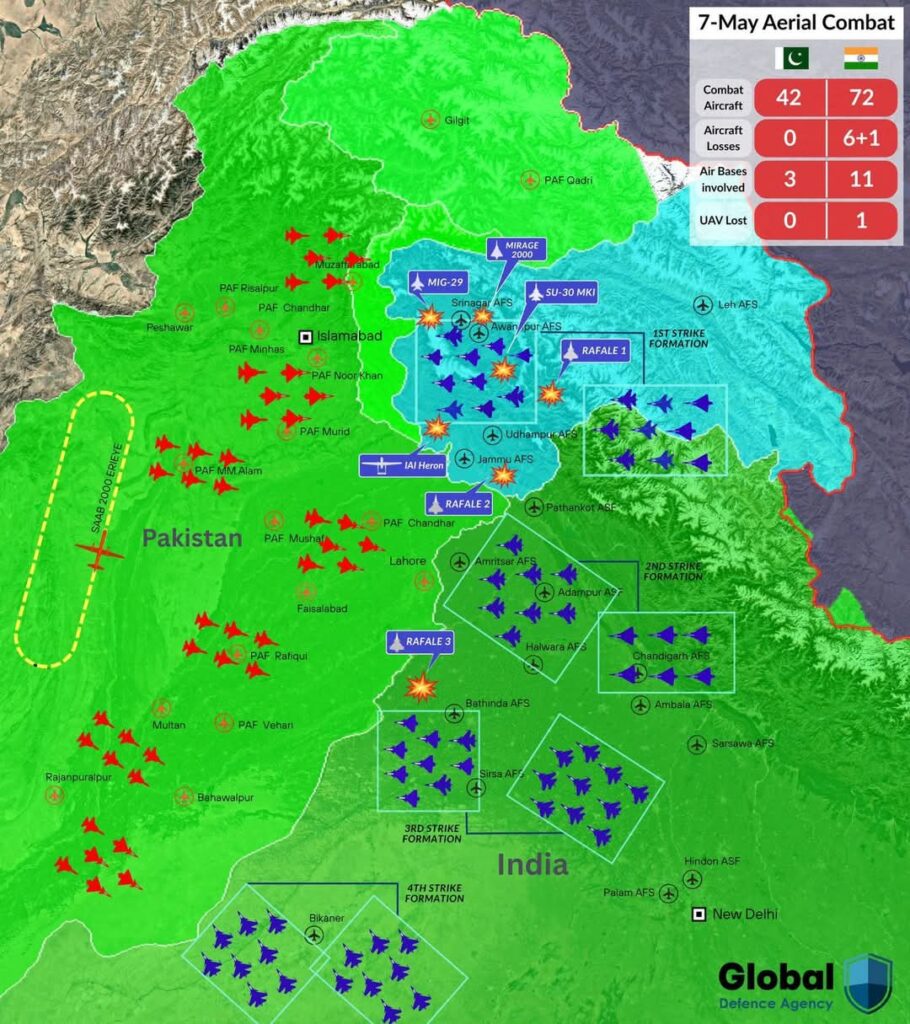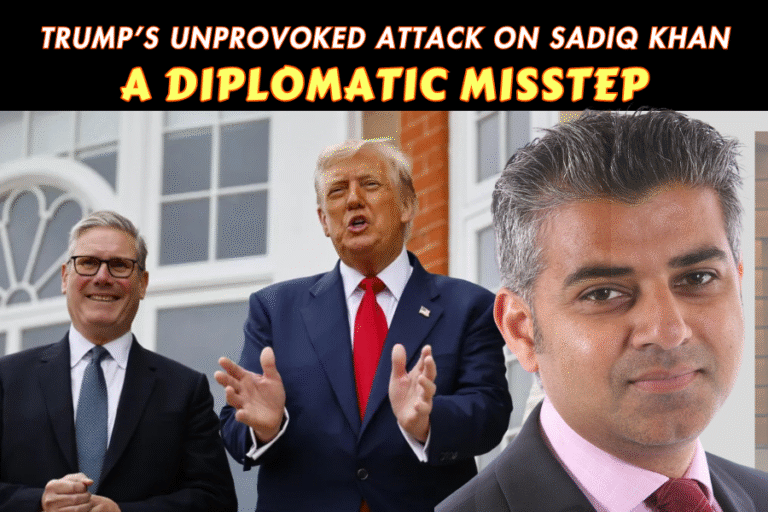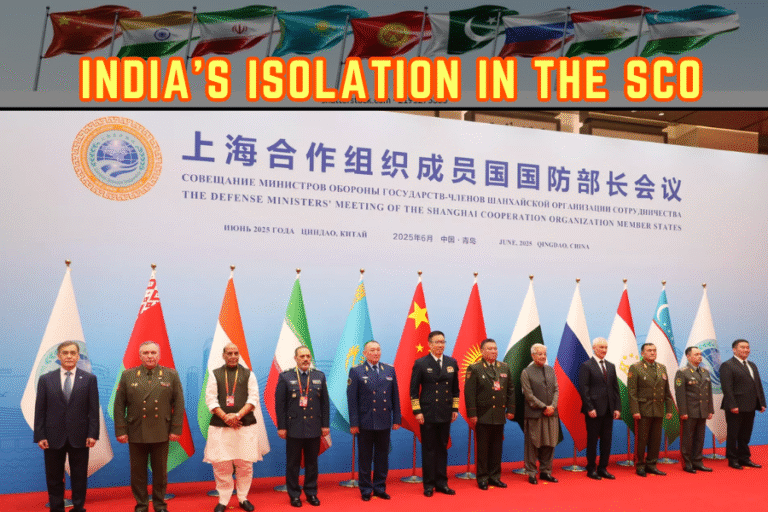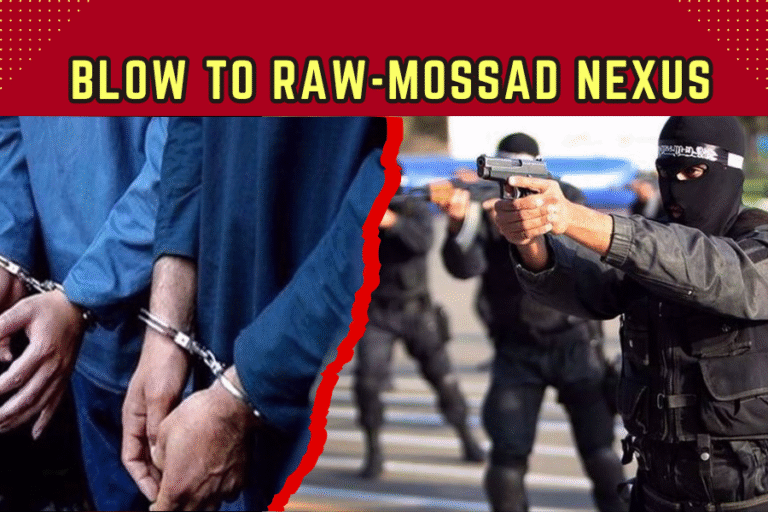(By Khalid Masood)
In the smoldering aftermath of the May 2025 Indo-Pakistani conflict, India stands not in triumph but at a critical juncture of soul-searching. The smoke may have cleared, but the scars left behind expose far more than battlefield wounds—they reveal the deep fissures in a grand illusion of regional dominance. What began with the April 22 Pahalgam attack spiraled into a geopolitical and military debacle, laid bare by India’s ill-conceived Operation Sindoor. Driven by pride and propelled by a media-fueled sense of invincibility, India misjudged not only its adversary but the very nature of modern warfare.
India, a nation of over a billion with global aspirations, found itself outmaneuvered by a smaller yet tactically sharper foe. The miscalculations—strategic, diplomatic, and operational—weren’t just errors; they were failures rooted in arrogance. As the fog of war lifts, what remains is a sobering question: How did a rising power falter so completely against a nation it had long deemed inferior?
A Strategic House of Cards: India’s Doctrinal Disarray
At the heart of India’s misadventure lies an obsolete military doctrine—one that clings to Cold War-era “Air-Land Battle” models in an age defined by cyber, space, and electromagnetic dominance. While global powers march forward into multidomain warfare, India remains tethered to its legacy: counter-insurgency operations polished in Kashmir, but utterly unsuited for confronting a prepared peer adversary.
The Indian Armed Forces trained to hunt insurgents, not to counter precision strikes, satellite-guided ambushes, or AI-enabled battle networks. Its generals planned like it was 1999. Pakistan, however, thought like it was 2029. This asymmetry in thinking, not numbers, defined the conflict.
Then came the spark—Pahalgam. A heinous attack claimed 26 lives, and New Delhi rushed to point fingers across the border. But the international community wasn’t buying it. The absence of adequate security at the site, the suspicious timing, and India’s failure to capture any culprits raised more eyebrows than sympathy. When Pakistan demanded its exoneration at the UN Security Council, every member agreed. India’s diplomatic machinery, once thought formidable, buckled under the weight of a narrative built on sand.
Operation Sindoor: When Strength Turns to Folly
Humiliated on the global stage, Indian leadership turned inward—to populism, to the clamor of studios masquerading as newsrooms, to a thirst for vengeance. On May 7, 2025, India unleashed Operation Sindoor, deploying over 80 warplanes to strike deep inside Pakistani-administered Kashmir and Punjab. It was meant to project power. Instead, it exposed India’s vulnerability.
What followed was not a show of strength but a spectacle of miscalculation. The Indian Air Force’s might—Rafales, SCALPs, and Hammers—was met by only 27 Pakistani aircraft. But those few jets, coordinated through Chinese satellite support and Saab Erieye AWACS, executed a devastating counter-strike. Pakistan’s ambush wasn’t just bold—it was clinical.
Six Indian aircraft were claimed destroyed by Pakistan, including Rafales and Su-30MKIs. Even if only one Rafale was confirmed by Western intelligence, the message was clear: India’s technological superiority was illusory. Pakistan’s J-10Cs fired PL-15E missiles from standoff ranges India couldn’t match. The famed Rafale’s SPECTRA suite—once India’s crown jewel—was blinded by Pakistani EW, with pilots reportedly getting mere seconds of warning before their jets were torn from the sky.
India’s subsequent drone swarm, touted as a new-age tactic, was swatted down with chilling ease. Pakistani EW disrupted their coordination, and 35 mm guns turned high-tech assets into flaming wreckage. Indian media, in denial, broadcast fictitious victories—claims of Pakistani cities bombed, leadership fleeing, and triumphant Indian dominance. The truth? Hollow.
When retractions came, they came quietly. India’s credibility had not just cracked—it had crumbled.

Pakistan’s Response: Precision, Restraint, and Resolve
On May 9, Pakistan struck back—not with rage, but with precision. JF-17s equipped with hypersonic weapons hit Indian military targets with surgical focus. Indian defenses, including the much-vaunted S-400 “Sudarshan Chakra,” may have intercepted some missiles, but satellite imagery confirmed real damage.
Pakistan’s mastery of asymmetric warfare was on full display—a leaner force with integrated space assets, AI-enabled decision-making, and an ability to fuse diplomacy with deterrence. While India chased old ghosts with flashy toys, Pakistan read the battlefield like a modern-day grandmaster.
Blinded by the ideology of the Rashtriya Swayamsevak Sangh (RSS), Indian leadership had come to believe its own propaganda—that Pakistan was weak, fractured, failing. That delusion cost India dearly. For all its economic strain, Pakistan’s military proved agile, informed, and unflinching.
The Global Stage: From Leader to Laggard
Diplomatic fallout followed swiftly. The UN, UAE, and Russia demanded restraint. Pakistan’s call for a neutral investigation into the Pahalgam attack gained traction, while India’s narrative withered. The suspension of the Indus Waters Treaty, a desperate move by New Delhi, backfired, drawing rebuke from even its Western partners.
The economic blow was equally harsh. Indian stock markets lost $83 billion in equity, and the IPL—India’s cultural juggernaut—was suspended. International media, once deferential, now questioned India’s judgment. The May 10 ceasefire, brokered by U.S. Secretary of State Marco Rubio, brought a halt to the fighting but left behind a litany of unanswered questions and accusations.
The Lesson Ignored: Arrogance is the Enemy of Victory
The pages of history have long warned against the dangers of hubris. But New Delhi, intoxicated by its own echo chambers, refused to listen. The belief that economic clout and strategic alliances could substitute for preparedness and prudence proved ruinous.
India’s gamble—to shame, strike, and dominate—failed at every step. Meanwhile, Pakistan’s blend of resolve, innovation, and restraint altered the calculus. It showed the world that deterrence is not about size but strategy.
May 2025 is not just a military episode—it is a moral reckoning. India must now confront the wreckage of its misjudgments: a military doctrine stuck in the past, a media addicted to fiction, and a leadership too proud to see the storm coming.
Conclusion: The Skies Remember
The smoke may clear, the jets may return to base, but the skies of May 2025 will remember. They will remember how pride became India’s greatest vulnerability. How deceit backfired. How the mighty stumbled, not before an overwhelming enemy, but before their own refusal to evolve.
If India is to reclaim its footing, it must begin with humility. With truth. With a recognition that the battlefield no longer rewards the loudest, but the smartest.
Until then, the silence above the subcontinent is not peace. It is the calm of a lesson half-learned—and a reckoning still to come.








5 Comments